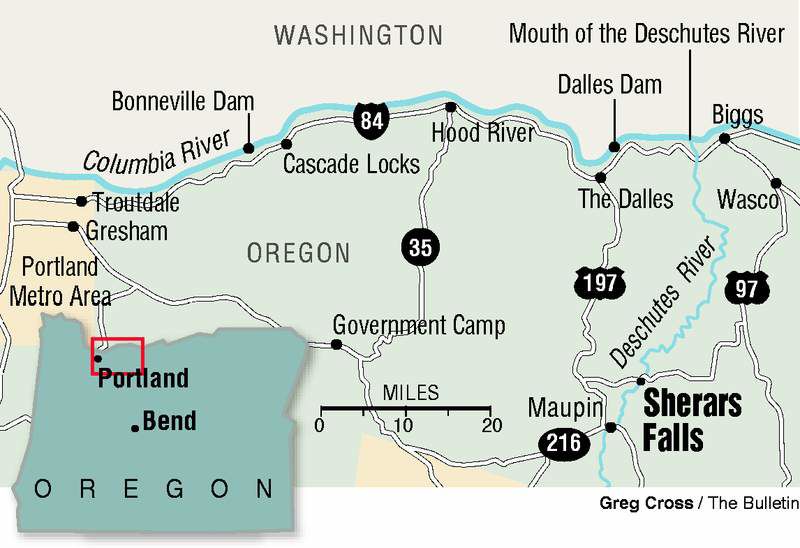Deschutes to open for spring chinook
Published 4:00 am Thursday, January 28, 2010

- Deschutes to open for spring chinook
Many Deschutes anglers are now eagerly awaiting spring.
The Lower Deschutes this year will open for a spring chinook salmon season set to run April 1 through July 31, the Oregon Department of Fish and Wildlife announced this week.
A predicted robust run of wild spring chinook — more than 2,000 fish — led fisheries officials to open the season, according to Rod French, an ODFW fish biologist based in The Dalles.
Last year the Deschutes did not open for a spring chinook season, due in large part to a meager wild chinook run of just 430 fish.
Because the ODFW seeks to protect the wild salmon, the predicted run size of wild fish is the main factor in determining if there will be a season.
“It’s really going to make a lot of people happy,” French said this week of the spring chinook opening.
The Lower Deschutes will be open for spring chinook fishing from Sherars Falls, just north of Maupin, downstream (north) to the mouth of the river.
French added that he and other biologists are predicting between 7,500 and 8,500 hatchery fish available for harvest. Only hatchery fish (adipose fin clipped) can be kept by anglers, and the daily bag limit will be two fish.
French said he also expects the Lower Deschutes to open for a fall chinook season that would run from Aug. 1 to Oct. 31.
And if the fall season is approved, anglers will be allowed to fish the Deschutes for chinook salmon — arguably the finest-tasting salmon in the world — for seven straight months.
“That’s more fishing (opportunity) this year than in the last several years, certainly,” French observed.
In 2008, there was a one-fish bag limit. And in 2007, the spring chinook season opened late and closed early on the Lower Deschutes.
What French called “phenomenal” ocean conditions have helped to drive predicted big runs of chinook in the Columbia River and the Deschutes.
Most of the spring chinook that enter the Deschutes from the Pacific Ocean via the Columbia return to the Warm Springs River to spawn.
Biologists predict that some 470,000 spring chinook will make their way from the Pacific Ocean into the Columbia River. That would be the largest run of spring chinook salmon to enter the Columbia since the construction of Bonneville Dam in the 1930s.
The fish typically begin entering the Columbia in serious numbers in March, according to French, and they usually start entering the Deschutes in April.
“We’ve experienced these incredible ocean conditions and the Deschutes is following suit with the Columbia, based on the number of jacks (juvenile salmon),” French said. “The number of jacks we got on the Deschutes this last year were some of the highest going back 30 years. We have a prediction that’s specific to the Deschutes, but like the Columbia we got lots of jacks back (from the ocean).”
French explained that those ocean conditions were created by offshore upwellings that produced plentiful plankton, which drives the food chain: More plankton produces more bait fish, on which salmon feed. If salmon have more to eat, more will survive to make the journey back inland.
Sherars Falls is by far the most popular spot to fish for spring chinook on the Deschutes, partly because it is the only reach where use of bait is legal.
“Below Sherars Falls, not many people target springers,” French said, “although people are figuring out how to catch them on things other than bait. You’ll have the river to yourself downstream of Sherars.”
Favorite bait among anglers at Sherars includes tuna balls and shrimp. Downstream of Sherars, where only artificial flies and lures are allowed, plugs and spinners seem to work best, French said.
“People are beginning to catch them on everything, including flies,” the biologist noted. “I think anglers are getting smarter, and able to catch chinook on a variety of things.”






